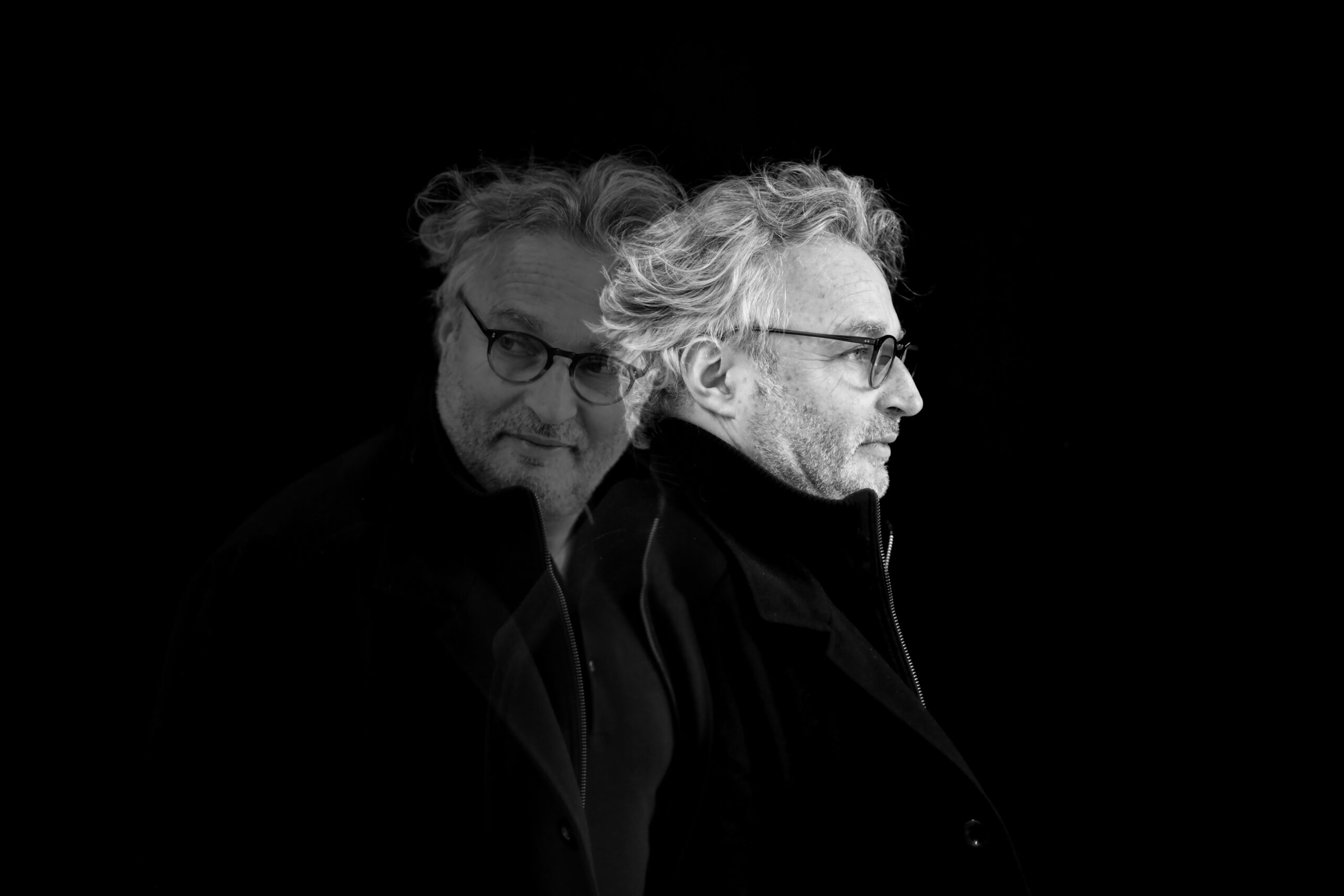
For the last forty years, contemporary fauvist painter Pierre Marie Brisson has been using unique collage techniques to bring forms to his colorful compositions. Working from his current studios in Paris, and from the heart of Camargue in the South of France, he paints his surrounding nature and the Mediterranean sea onto the canvas with powerful brushstrokes. A descendant of Gauguin, Brisson has been associated with French masters Matisse and Degas with his paper cutout motifs through multiple bodies of work.
Surrounded by archeological sites at a very early age in his hometown of Orléans, Brisson often donated his findings to its local Historical and Archaeological Museum. Largely self-taught, he developed a lifelong imagination studying prehistory and Western civilizations through extensive travels and artist residencies from Sicily to Japan. Hence Brisson’s early etchings on handmade paper seemed to be freshly excavated from ancient civilizations. Supported by a vibrant community of artists, his engraving works were quickly exhibited at international galleries from Paris to across the Atlantic in New York.
Developing further techniques between scraping and collage, his unique artistry takes shape as his strove for a liberty of style rather than conformism. Today, he privileges color and texture in his compositions, paying tribute to the Abstract and Impressionist periods. Once close to Dutch painter Bram Van Velde, Brisson adopted his aesthetics and philosophy by incorporating rhythm and geometry in his paintings. Altogether driven by his fervent contemplation of nature, Brisson brings his dynamic ability to capture form, gestures and moods. With his papier collé shapes, the artist then exacerbates the eternal dichotomy of human consciousness, flickering between its natural tendency of reasoning and idealizing.
Brisson’s art is both ingenious and antique, skillfully crafted with the best materials. His success rests with the fact that his works are fashioned from the discarded fragments of our history and disposable civilization, rescued and revitalized by the hand of an artist. His paintings are included in numerous museums in Europe and North America, and are featured in the most important private collections from Abu Dhabi to Europe and Asia.